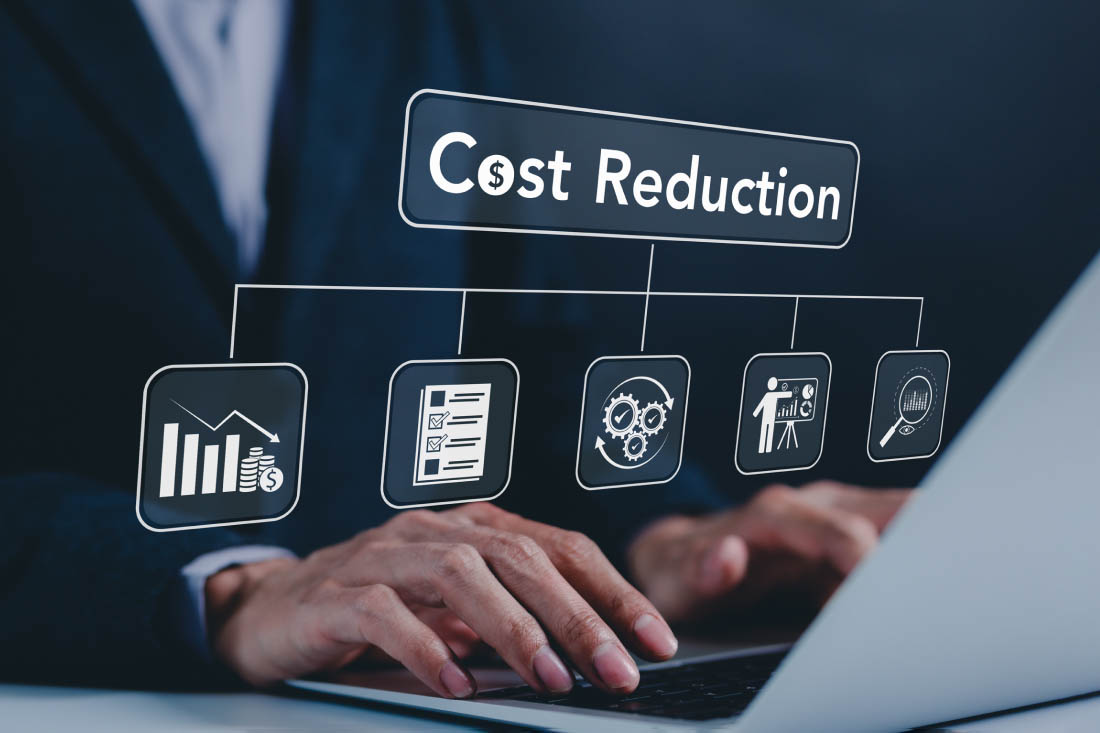People often use the terms “remote-friendly” and “remote-first” interchangeably without realizing they are not one and the same. Though it may seem like a minor difference, the impact is quite substantial. Confusion about remote-friendly vs. remote-first organizations can lead to ineffective operations, reduced productivity, and increased turnover, among other concerns.
There is actually an entire spectrum of descriptors that are used to indicate how a company works:
- No-remote organizations do not permit employees to work outside the traditional office environment.
- Remote exception organizations allow select employees to work remotely, such as a developer with a rare skill set who lives on the other side of the country.
- Remote-friendly organizations allow employees to work remotely as needed or on certain days of the month, but in-person work is still the default.
- Remote-first organizations enable all staff to work and communicate efficiently, take part in company culture, and enjoy a consistent employee experience regardless of where they are located.
- Remote-only organizations are geographically distributed and work remotely 100% of the time, often communicating asynchronously.
“What about hybrid work?” you may be wondering. The term “hybrid” simply describes where you work, while remote-friendly and remote-first describe how you work. In the above list, the middle three descriptors could all technically be considered hybrid work.
Signs That an Organization Is Remote-Friendly vs. Remote-First
Still unsure if your organization is remote-friendly or remote-first? Here are some telltale signs and indicators of each:
In a remote-friendly organization…
- Management takes place in headquarters
- Synchronous is the most practiced form of communication
- In-office work is the most important type of work
- Critical decisions take place during in-person interactions
- Meetings happen during headquarters office hours
- Performance is tied to hours in the office
In a remote-first organization…
- Management works remotely across varying time zones
- Asynchronous communication is essential
- All work across the organization can be done remotely
- Critical decisions are formalized and shared with intention
- In-person meetings are limited and recorded for all time zones
- Performance is measured by results, not time spent in the office
Ultimately, if you work outside the office for an extended period of time at a remote-friendly company, you’re going to feel out of the loop. You may even start to worry about that disconnect affecting your performance and the relationships you have with your colleagues.
Remote-first, on the other hand, puts your people at the center of everything you do regardless of where they work. That means empowering employees to bring their best selves to work every day, whether that’s at a conference table, inside a Zoom room, or both.
ActivTrak’s Transition to a Remote First Organization
Before the COVID-19 pandemic began, we were a remote-friendly company based in Austin, Texas, with some employees also working in the Dallas-Fort Worth area. We transitioned entirely to operating as a remote-first organization, and we haven’t looked back.
A big part of our success in making the change was being more intentional about what communication should be synchronous (real-time) versus asynchronous (not time-bound) communications. In an office, most dialogue happens synchronously — when working remotely, you have to be mindful about differences in time zones and schedules when making decisions. Being a technology company, we had a bit of a leg up making this switch because we were already using technology that was conducive to asynchronous communication remote work, such as Google Suite and Monday.com project management software.
While the shift to remote-first did emphasize the importance of asynchronous communication, it certainly didn’t eliminate the need for those synchronous conversations that have to happen face to face or with minimal delay. We use apps such as Zoom and Slack for standups, one-on-ones, kick-off meetings, and various ad-hoc discussions about complex projects or issues. For emergency situations, text messages or phone calls are there as a fail-safe.
To bring our vibrant company culture into a remote atmosphere, we utilize both synchronous and asynchronous technologies that make us feel united no matter where we are located. Our social intranet tool Happeo now serves as a virtual headquarters for everything from onboarding and training to employee shoutouts and spotlights. We also leverage Donut to set up synchronous “get to know you” meetings that would traditionally be held in an office or coffee shop. Becoming a remote-first organization didn’t mean we lost any parts of our tight-kind bond — we just had to find the right tools to bring our culture into a virtual space.
Transitioning to remote-first operations has also allowed us to emphasize what really matters and adjust employee performance metrics accordingly. This means focusing more on results vs. hours put in at a desk, also known as being “performance-driven.” We use our own workforce analytics software to gather the data needed to measure productivity. During 2020, a universally stressful year, we found that average employee screen time increased over 2019, yet productivity decreased. As we started being more intentional about our remote-first habits, technologies, and processes in 2021, we have seen our average screen time decrease while productivity has gone up!
To effectively evaluate productivity shifts before, during, and after a remote transition, having a baseline is key. If you’re experimenting to figure out what work model is best for your organization, ActivTrak can help you establish those crucial baseline metrics to measure against.
The Benefits of Remote-First Work
Consider the following benefits when you are deciding if a remote-first model is the right fit for your organization.
Recruiting and Retention
Research from McKinsey & Company discovered that over half of all employees want a more flexible work model post-pandemic. Allowing teams to work from anywhere is a powerful recruitment tool, plus it gives you access to even more qualified candidates. Joan C. Williams, Founding Director of the Center for WorkLife Law at the University of California, notes that equalizing access to career opportunities ultimately helps organizations retain their best employees in the long term.
Performance and Productivity
A recent study from Accenture found that nearly two-thirds of high-growth companies currently employ a “productivity anywhere” workforce strategy. Rather than tracking how much time people spend at their desks, forward-thinking businesses are focusing on the key outputs and results that employees achieve, however they choose to work. Adopting a productivity-first mindset is also very empowering for employees, as they get to help design an environment in which they thrive. At ActivTrak, we have “Ways of Working Meetings” to facilitate optimal work environments and more frictionless collaboration.
Adaptability and Resilience
In early 2021, many of our Texas-based employees had their lives significantly impacted by the severe snowstorm that hit the region. Because we prioritize people above all else, we encouraged our colleagues to take as much time off as needed to keep their families safe in such extreme circumstances. At the same time, our remote-first mentality allowed us to avoid any potential losses in productivity and outputs as employees in other areas were able to jump in and keep operations from slowing down or stopping entirely.
Key Takeaways
Your organization’s choice to go with a remote-friendly or remote-first work model depends on how you currently operate and what you’re looking to accomplish in the future. That said, our team believes remote-first work has unlocked a new paradigm where flexibility is preferred over “the way things have always been done,” and outcomes are valued more than time spent clocked in.
Looking to measure your team’s productivity to enable greater remote work success? Sign up for your free trial of ActivTrak to gain data-driven insights to better understand how work gets done, spotlight successful patterns, and reduce distractions to prioritize the work that matters most.
About ActivTrak
ActivTrak helps companies unlock productivity potential. Our award-winning workforce analytics and productivity management software provides expert insights that empower people, optimize processes, and maximize technology. Additionally, with data sourced from more than 9,500 customers and over 450,000 users, ActivTrak’s Workforce Productivity Lab is a global center for ground-breaking research and expertise that helps companies embrace and embody the future of work.





